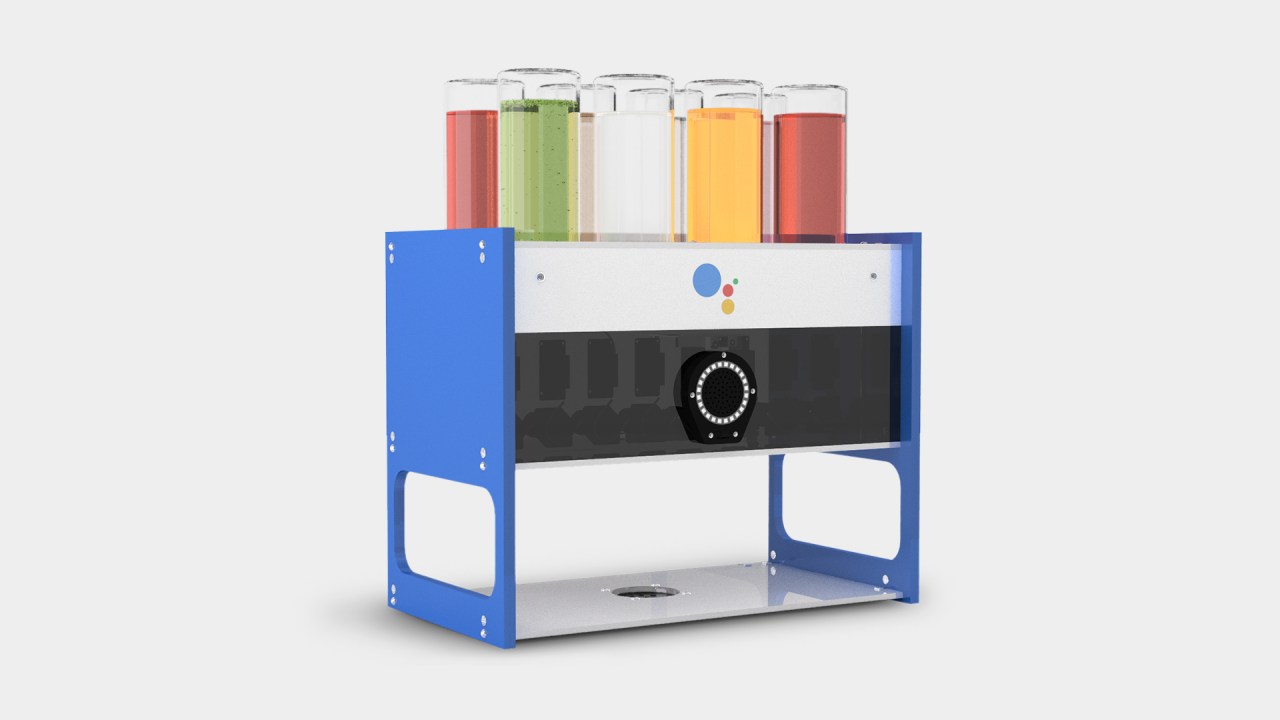The realm of smart technology is evolving at a dizzying pace, fueled by a blend of creativity and technical prowess. Among the key players making headlines is Google, with its Assistant poised to become the linchpin of our connected lives. In 2017, Google took a significant stride towards democratizing access for hardware developers with the launch of the Google Assistant SDK. This maneuver opened the floodgates for innovative applications, allowing developers to integrate Assistant functionalities into their own hardware projects, ranging from smart mirrors to robotic bartenders. But what does this mean for the future of tech development? Let’s explore.
The Power of Possibilities
With the Google Assistant SDK at their fingertips, developers have a wealth of creative opportunities. The Python-based SDK is designed to work seamlessly with various hardware platforms, including the beloved Raspberry Pi 3, a favorite among hobbyists and tech enthusiasts. Additionally, integration with other programming languages like Java, Node.js, and C# expands the potential for developers to explore uncharted territories.
- Imagine a smart mirror that not only tells you the weather but can also alter presets based on your voice commands!
- How about a custom-built appliance that crafts the perfect cocktail from a recipe you simply dictate?
- Or a wellness assistant that reminds you to take your vitamins and tracks your health routines, using voice commands to interact.
The creativity is practically limitless, with developers now equipped to bring their novel ideas to life. But what’s crucial to remember is that, while this SDK enables prototyping, commercialization of projects still requires proper permission from Google, ensuring a level of quality and safety across the board.
Limitations and Opportunities
While the SDK offers immense potential, it’s important to note that it currently lacks some features most users expect from a fully-fledged Google Assistant. For instance, tasks like setting alarms, playing music, or managing home automation systems still require a Google Home device. This limitation offers both challenges and opportunities for developers. On one hand, it sets a boundary on what can be accomplished out of the gate; on the other, it encourages innovation in how developers might creatively circumvent these hurdles!
The Bigger Picture: Community and Collaboration
The launch of the Google Assistant SDK is more than just a technical milestone; it heralds a shift towards community-driven development in the tech space. Open ecosystems cultivate collaboration, allowing developers to share insights and push the boundaries of what’s possible. This reflects a growing trend in technology where the power of AI and smart solutions is no longer confined to large corporations — rather, it’s being placed in the hands of passionate creators around the globe.
At **[fxis.ai](https://fxis.ai)**, we believe that such advancements are crucial for the future of AI, as they enable more comprehensive and effective solutions. Our team is continually exploring new methodologies to push the envelope in artificial intelligence, ensuring that our clients benefit from the latest technological innovations.
Conclusion
In conclusion, Google’s Assistant SDK has opened a treasure trove of opportunities for hardware developers eager to shape the future of smart technology. It exemplifies how an empowered community can leverage advanced technology to innovate and create practical solutions that enhance everyday life. While the limitations may pose challenges initially, they also serve as a foundation for future creativity. As we look forward to the next breakthroughs in this space, it’s evident that teamwork, adaptability, and imagination will be our guiding principles.
For more insights, updates, or to collaborate on AI development projects, stay connected with **[fxis.ai](https://fxis.ai)**.

